Poisonous Beauties: What Every Gardener Should Know
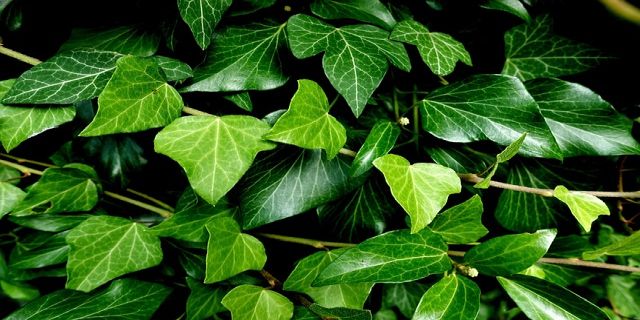
Decorative plants brighten our garden beds—but not all are harmless. If you have young children or curious pets, it’s essential to check your greenery carefully. As the saying goes, “better safe than sorry”, so take some time to review potentially dangerous plants in your garden.
Below is a guide to a few common—but surprisingly toxic—garden plants:
English Ivy (Hedera helix)
A familiar climber in many Polish gardens, ivy is tough and can thrive in shade and cold. But its leaves and berries contain saponins that may upset the stomach, intestines, and nervous system. Skin contact can even cause allergic reactions.
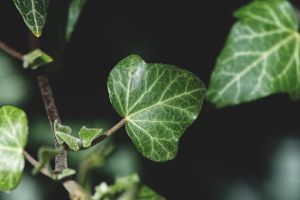
Common Yew (Taxus baccata)
Widespread and popular as a garden shrub, mature yew trees can reach 15 m tall. The glossy dark needles are lovely, but the red seeds inside female plants are dangerous if chewed. They can irritate the digestive system and affect heart and lung function—even cause diarrhea.
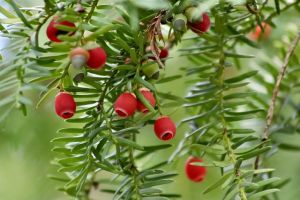
Wisteria (Wisteria sinensis)
The stunning cascade of purple, pink, or white blooms makes wisteria a garden favorite—especially on walls and pergolas. However, its flower clusters contain toxic wisterin, which irritates the digestive tract and can cause abdominal pain, vomiting, and diarrhea.
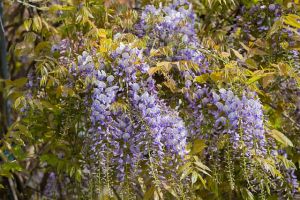
Castor Bean (Ricinus communis)
A fast-growing annual with distinctive, hand-shaped leaves up to 25 cm wide. It thrives in rich soil and sun, and even repels moles. But its seeds contain ricin, a potent toxin that can severely damage the liver and kidneys—even prove fatal to children.
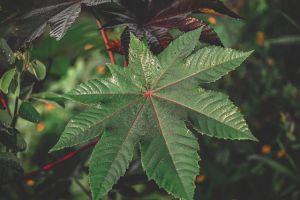
Guelder Rose (Viburnum opulus)
A compact ornamental shrub with bright fruit and attractive foliage, hardy to cold weather. Unfortunately, its berries contain tannins, saponins, and resins, which can trigger vomiting, diarrhea, cramps, headaches, and even mental confusion—especially if eaten by children.
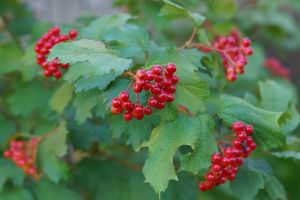
Marsh Marigold (Caltha palustris)
Thriving near ponds and wet soil, this spring bloomer features yellow flowers. Freshly picked leaves and flowers contain protoanemonin, causing nausea, cramps, and even bloody vomiting. Skin contact may result in allergic reactions. Luckily, the toxin degrades as the plant dries.
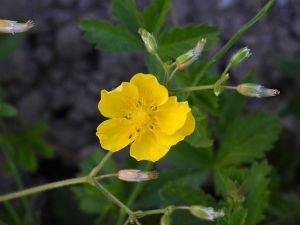
These are just a handful of toxic plants commonly found in gardens—and many are also harmful to pets. Cats, for instance, should avoid lilies, chestnut trees, poinsettias, and rhododendrons. And a broader list applies to dogs.
Gardening is joy—but also responsibility. Take a moment to identify these plants and keep your garden a safe haven for the whole family.
